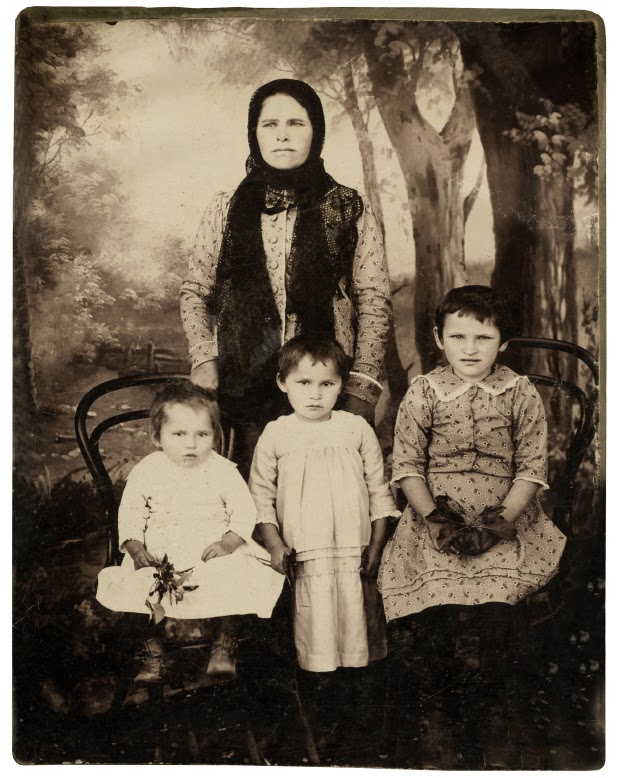Michelle G asks:
I'm working on a historical (surprise, surprise) 1807, to be exact, in England, and wondered if you could give me a little medical advice? I've burnt the leg of one of my characters, a little boy, like 9, and I want him up and about in 3 weeks or so, but he can use a crutch. What would that leg look like? How much pain? How would he react that first week? I don't want to overdo it, nor do I want to gloss over it either. What's your .02?
Here's what happened to him...
“Thomas leaned over the hearth to scoop a ladle of stew from the pot. He moved too fast, with too much force. The hook broke. The pot fell into the flames. Coals shot out, catching the fabric of his trousers. He tried to whack it out, brave boy, but ended up fanning it larger. He ran. I stopped him. I thought he was…” She gulped back the lump in her throat. “I thought he was dead.”
Jordyn Says:
This sounds like a pretty significant burn-- his pants catching on fire. Easily partial thickness and could even be full thickness in some places. Have you considered just having the pot of stew fall on him-- maybe with bare legs? This would be more partial thickness and could more likely heal in your time frame.
Full thickness burns are problematic because they usually require grafting so back then treatment was likely very limited. We also do fluid resuscitation for significant burns and if both of his legs were this severely burned-- he'd need quite a bit of fluid, and again, I'm not sure this would be available during your time period.
Full thickness burns are problematic because they usually require grafting so back then treatment was likely very limited. We also do fluid resuscitation for significant burns and if both of his legs were this severely burned-- he'd need quite a bit of fluid, and again, I'm not sure this would be available during your time period.
So, I might try to back down the injury to second degree burns. Those should heal up pretty nicely in your three week time frame. Second degree or partial thickness would include skin blistering and peeling, big concern for infection (intact skin is your largest protector against infection) and dehydration initially because burns also leak a lot of fluid. He could probably walk with crutches. It's not really a muscle injury (it would be if you go with full thickness burns-- like his pants catching of fire) so he should be able to walk.
Pain is going to be a big issue. Burns are very painful. So, he's going to need something.
Here is a very interesting link that has tons of information on the evolution of burn surgery. It will give you some treatment options for your time period.
**************************************************************************
Keep up with the exploits of Michelle Griep at Writer Off the Leash, Facebook, Twitter, and Pinterest. You can check out her latest novel, A Heart Deceived, at David C. Cook as well as Amazon, Barnes & Noble, and ChristianBook. Here is a very interesting link that has tons of information on the evolution of burn surgery. It will give you some treatment options for your time period.
**************************************************************************
































